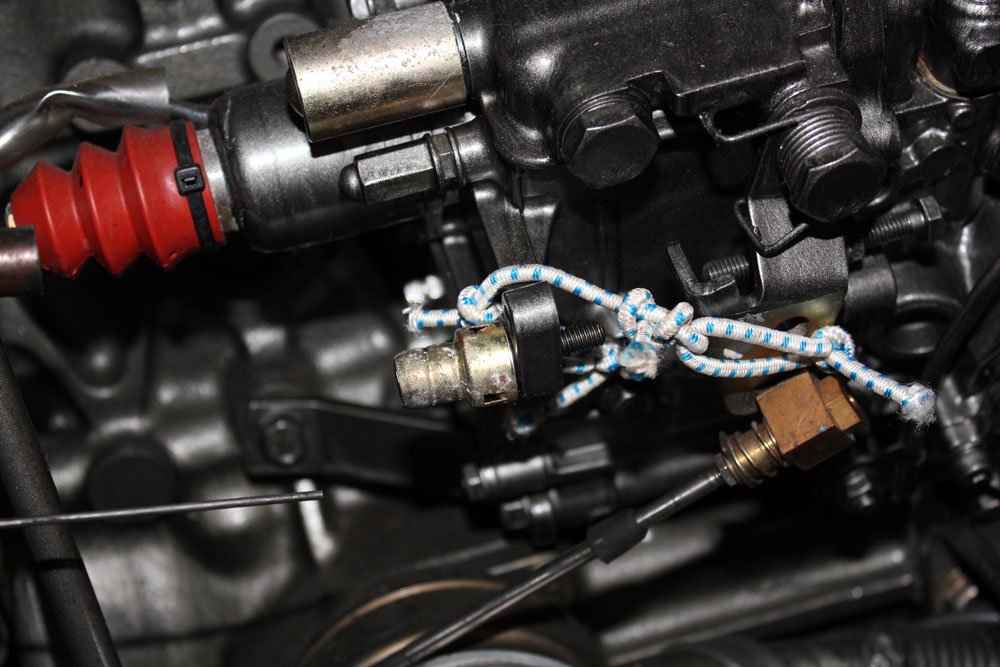If the engine stops when you are underway, or your have to shut it down when a warning buzzer sounds, you also need to make sure the boat remains safe. This is no problem if you’re in open water with no dangers nearby, at least for the short term. However, this is not always the case and so you need to be prepared at all times for the possibility of engine failure. It’s important therefore to recognise situations in which the boat would be immediately put in danger if the engine were to fail.
Good seamanship
A key element of good seamanship is to always have a plan for keeping the boat safe in the event of engine failure. This will vary with each situation – even in confined waters sail boats can often hoist a sail, even if it’s only to buy a little time to assess the best options by running downwind, while twin-engine craft can continue at slow speed on one engine. Otherwise, It is wise to prepare the anchor and/or fenders and warps in advance for use if necessary.
It is also important to be aware of the state of the tide and to have an up to date weather forecast. Will the tide help you get to your destination or will it be a hindrance? Is the forecast wind strength and direction favourable?
The precise action you take will depend on the specific circumstances of each situation and although there are a few occasions in which an instant response is needed, more often than not there is no need to be panicked into the wrong action. Even if the wind is on the nose and there’s not enough space and time to be able to hoist the mainsail and short tack out to sea, there’s nothing to prevent you from turning round with the wind behind. Granted, if this takes you upstream you may only have five or ten minutes before running out of water – but that may give plenty of time to restart the engine, prepare to anchor in a safe location at the edge of the channel, or hail another boat for a tow.
Advance warning
Fitting gauges for temperature and oil pressure will give more warning of an impending problem than the standard alarm buzzers. For instance, if the temperature gauge is creeping upwards a prudent skipper would not attempt to enter a narrow and busy harbour entrance with a strong tide. However, if all you have to rely on is the alarm, you may be fully committed when the buzzer sounds.
Even if the engine can’t be restarted, on a sailing yacht or a twin-engine motor vessel you may well not be in a dire situation that requires immediate outside assistance. It may, for instance be possible to sail to the entrance to a port, and then arrange for a tow for the final few hundred metres to a safe berth. A twin screw motor boat operating on just one engine is also hampered in her ability to manoeuvre, so this may also be a useful strategy.
Psychological challenges
Often the biggest problem is not one of the yacht being placed in immediate danger but simply one of time – the worry about getting home for work the following day can add to an already stressful situation in an unhelpful way. However, even if it’s not possible to return the boat to a safe berth unaided, a little patience and lateral thinking will certainly minimise the help needed, as well as giving the satisfaction of achieving a higher degree of self-reliance.
There’s no doubt that there are also other psychological factors at play – if the engine stops both skipper and crew can easily lose confidence in the boat and in their own abilities. However, if you’re in no immediate danger and can overcome the problem it will give more confidence to conquer similar challanges in the future.












